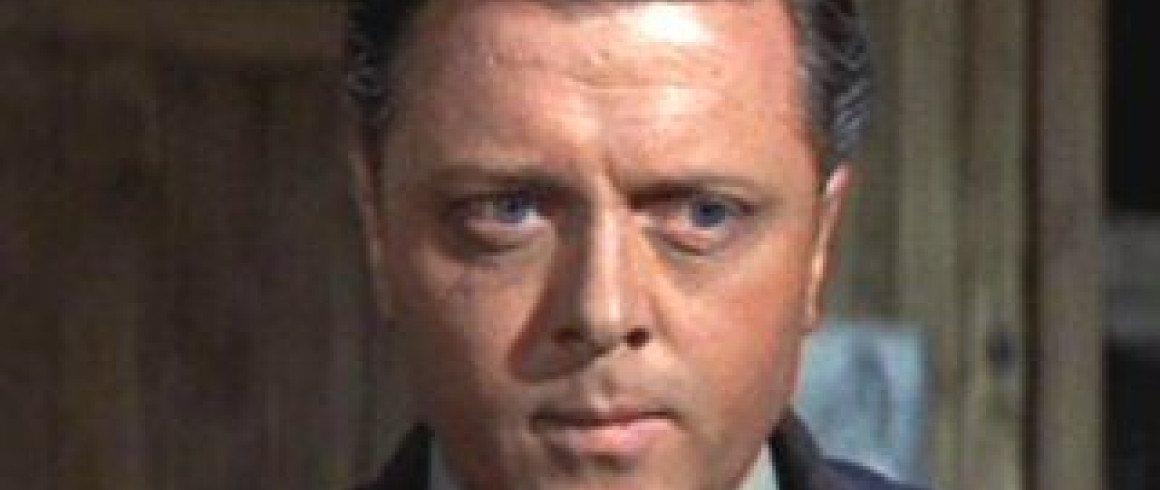Roger Bushell and the Great Escape
Today marks the anniversary of a very famous event orchestrated by an alumnus of Pembroke College.
[caption id="attachment_23995" align="alignleft" width="300"] Richard Attenborough as Roger ‘Bartlett’ in the 1963 film The Great Escape [/caption]
Richard Attenborough as Roger ‘Bartlett’ in the 1963 film The Great Escape [/caption]
Roger Bushell (1929) is a man whose exploits are better known than his name. In 1943, he led a daring escape from Stalag Luft III, a German prisoner-of-war camp. The break-out was later immortalised in the film The Great Escape, in which the character of ‘Roger Bartlett’ (played by Richard Attenborough) was based on Bushell.
Bushell was born in South Africa to English parents. From the age of 14, he attended school in England, and went on to study Law at Pembroke College. He was a keen skier and captained the Cambridge team in 1931.
After leaving university, he embarked on a legal career while also training to become a pilot. He was commissioned into the RAF in 1932, and in 1939 he was given command of 92 Squadron.
During the Second World War, Bushell’s Spitfire crashed in German-occupied land. He was captured and sent to Dulag Luft, a transit camp for Air Force prisoners near Frankfurt. Dulag Luft had a permanent staff of POWs who, although feigning compliance with the Germans, regarded escaping the camp as their primary duty. Bushell joined the permanent staff under Wing Commander Harry Day and promptly set up an escape committee. They planned and dug a tunnel running underneath a sentry tower on the camp’s boundary. Seventeen British men escaped via this tunnel in 1941, in the first mass escape by British officers of the Second World War. All of them were recaptured within a week and transferred to Stalag I.
Bushell made his second escape attempt in October 1941, while being transferred between camps. He and a Czech officer jumped from the train in Hanover and managed to reach Prague, where they contacted the Czech underground movement. Unluckily, the assassination of a high-ranking Nazi official in 1942 prompted a huge man-hunt, during which Bushell was recaptured.
[caption id="attachment_23996" align="alignright" width="300"] Stalag Luft III[/caption]
Stalag Luft III[/caption]
In October 1942, Bushell was placed in Stalag Luft III, a Luftwaffe-run POW camp in what is now western Poland. Bushell spent his time at Stalag Luft III masterminding a series of attempted break-outs, the most effective form of resistance against the Nazis available to him. As commander of the escape committee, he inspired the other men with determined, passionate speeches:
“Everyone here in this room is living on borrowed time. By rights we should all be dead! The only reason that God allowed us this extra ration of life is so we can make life hell for the Hun... Three bloody deep, bloody long tunnels will be dug - Tom, Dick, and Harry. One will succeed!”¹
The scale of Bushell’s plan was quite unprecedented. Previous escapes had been limited to around twenty men; Bushell aimed to break out two hundred, equipped with civilian clothing and forged papers.
The first tunnel, ‘Tom’, was discovered in August 1943. As Bushell had foreseen, the prison guards failed to envision that a further two tunnels could also have been under construction. Work on ‘Harry’ was resumed in January 1944.
On the night of 24th-25th March, two hundred officers prepared their escape through the completed tunnel. Only seventy-six men, including Bushell, managed to make it clear of the camp, and seventy-three of them were recaptured within the next few days. Bushell boarded a train but was recaptured at the train station in Saarbrücken, nearly 500 miles away in eastern Germany.
[caption id="attachment_23997" align="alignleft" width="300"] Bushell's name on the War Memorial outside Pembroke Chapel[/caption]
Bushell's name on the War Memorial outside Pembroke Chapel[/caption]
The day after the escape from Stalag Luft III, Hitler had given personal orders that every recaptured escapee was to be shot. Under pressure from the Reichsmarschall, Hermann Göring, and other senior officers who were concerned about Allied reprisals against German POWs, the figure was lowered to fifty. The subsequent illegal killings became known as ‘the Stalag Luft III murders’. Bushell was among the officers shot by the Gestapo.
Seventeen months later, the RAF Police sent a detachment to investigate the deaths of the fifty officers, a task made difficult by the Gestapo’s attempts to cover up the incident. During the three-year investigation, seventy-two men were identified as being guilty of committing the Stalag Luft III war crime, and thirty-eight of them were eventually tried and either imprisoned or executed.
